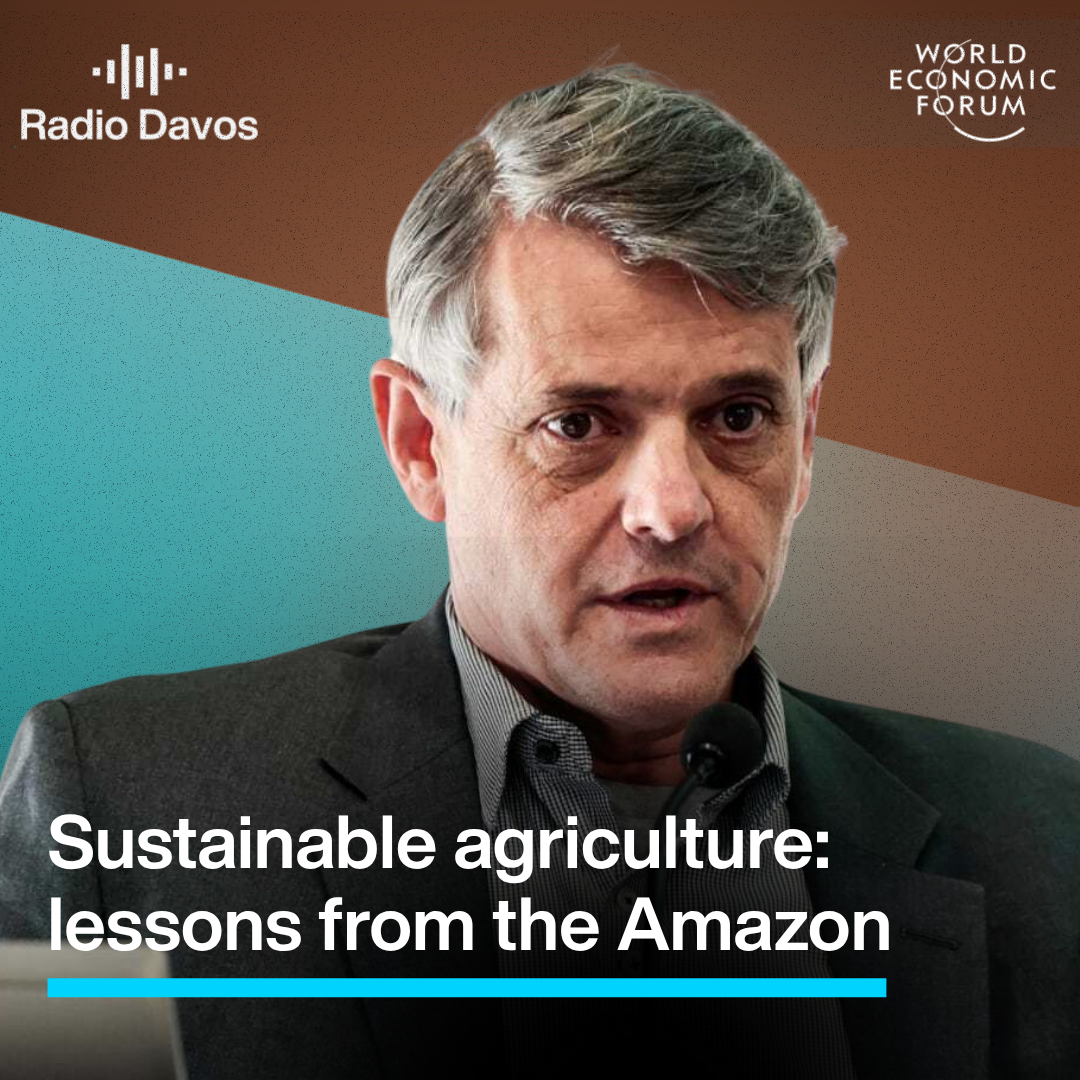Is ending malnutrition unrealistic?

The world has generally become a much better place to live in during the last half century. Sceptics will scoff at the idea of improvement, but the numbers don’t lie.
In the year 1960, 20 million children under the age of five died. In 2011, though there were 40% more children, the number of deaths had declined by two-thirds, to 6.9 million.
In 1970, only 5% of infants were vaccinated against measles, tetanus, whooping cough, diphtheria and polio. By 2000 the proportion was 85%, saving about 3 million lives annually. Each year, these vaccines alone saved more people than world peace would have saved in the 20th century.
Air pollution, the world’s biggest environmental problem, has declined dramatically. Though there has been a small uptick in outdoor air pollution, the much larger problem of indoor air quality (cooking and keeping warm with open and polluting fires) has declined precipitously. Since 1960, the risk of dying from all types of air pollution has been more than halved.
Education has improved as well. In 1962, 41% of the world’s children were not in school – today that number is below 10%. The literacy rate worldwide has risen from one-third to two-thirds.
Likewise, the share of those living in poverty worldwide has dropped from 43% to less than 18% since 1981. During that period, more than 3 billion people have joined the ranks of the non-poor.
There are many reasons for this progress – not the least being rapid economic development, especially in China. But there has also been a concerted international effort, reflected in the Millennium Development Goals, which the United Nations adopted in 2000 to make the world a better place by 2015. The MDGs set 18 sharp and mostly achievable targets in eight areas, including poverty and hunger, gender equality, education, and child and maternal health. In the period since 2000, development aid worldwide reached about $900 billion, of which perhaps $200 billion was due to the MDGs.
The UN is now contemplating how to extend this target-setting process from 2015 to 2030. If the successor scheme, called the Sustainable Development Goals (SDGs), has a similar impact, it could determine the allocation of upwards of $700 billion. Obviously, this means that everyone wants their favourite issue on the agenda, and more than a thousand targets have been proposed, which is tantamount to having no priorities at all.
It would be useful, therefore, to get a sense of what really works, not just what sounds good. My think tank, the Copenhagen Consensus Centre, has asked 57 teams of economists to investigate 19 major areas and about 50 targets – asking how much each will cost and how much good it will do – by the end of this year, well before the UN decides on its SDGs in late 2015. But the negotiations have already begun, and the UN would like some information right now. So we asked our economists to give a quick assessment on about 100 of the proposed targets.
Some targets, such as getting broad access to family planning, are phenomenally good. That is because contraception is mostly inexpensive and can help both individuals and society. The benefits can rise as high as $150 for every dollar spent.
Similarly, we should focus on at least halving malnutrition, because there is robust evidence that proper nutrition for young children leads to a lifetime of large benefits – better brain development, improved academic performance, and ultimately higher productivity as adults. For every dollar spent, future generations will receive almost $60 in benefits.
But the UN draft says that we should “end malnutrition”, and the economists warn that while such an absolute goal sounds alluring, it is likely both implausibly optimistic and inefficient. We cannot achieve it, and even if we could, the resources to help the last hungry person would be much better spent elsewhere.
Likewise, the UN would like to end HIV, malaria and tuberculosis. And, while reducing malaria and TB significantly is a very good deal, it is likely that the goal of eradication is both unrealistic and uneconomical.
At the other end of the scale, some of the UN’s proposed targets are entirely unrealistic, like promising work to everyone. We do not know how to do that, and some low level of unemployment is necessary to have a functioning labour market from which employers can recruit. Instead, the economists suggest focusing on reducing barriers to employment, particularly for women.
Other poor targets simply cost more than the benefit they provide. Doubling the share of renewable energy by 2030 sounds good, but is an expensive way to cut just a little CO₂. Instead, we should focus on getting more energy to poor people, which is a proven way to increase growth and reduce poverty. And, to cut CO₂ emissions, we should phase out the substantial fossil-fuel subsidies that riddle much of the developing world, leading to wasteful consumption and straining government budgets.
The ultimate decision about which targets to set for the coming 15 years is a complex and deeply political discussion, and advice from economists will not magically resolve all complications. But providing evidence of what works really well and what does not makes it more likely that good targets will be selected – and that poorer ones will be left out.
Realistically, this approach may help to exclude only a few poor targets, or even just one, and it might generate enough tailwind to put just one additional good goal on to the final list. But, because the world is likely to spend $700 billion on the SDGs, even a small change can do tens or even hundreds of billions of dollars’ worth of good. That is why helping the UN narrow its priorities to include the best targets could be the most important thing that any of us can do this decade.
Published in collaboration with Project Syndicate.
Author: Bjørn Lomborg, an adjunct professor at the Copenhagen Business School, founded and directs the Copenhagen Consensus Centre, which seeks to study environmental problems and solutions using the best available analytical methods.
Image: People hold candles as they gather outside the Galileo Galilei planetarium to observe Earth Hour in Buenos Aires. REUTERS/Marcos Brindicci
Don't miss any update on this topic
Create a free account and access your personalized content collection with our latest publications and analyses.
License and Republishing
World Economic Forum articles may be republished in accordance with the Creative Commons Attribution-NonCommercial-NoDerivatives 4.0 International Public License, and in accordance with our Terms of Use.
The views expressed in this article are those of the author alone and not the World Economic Forum.
Stay up to date:
Hyperconnectivity
Related topics:
Forum Stories newsletter
Bringing you weekly curated insights and analysis on the global issues that matter.
More on Climate Action and Waste Reduction See all
Planet in focus: The technologies helping restore balance – and other news to watch in frontier tech
Jeremy Jurgens
November 13, 2025






